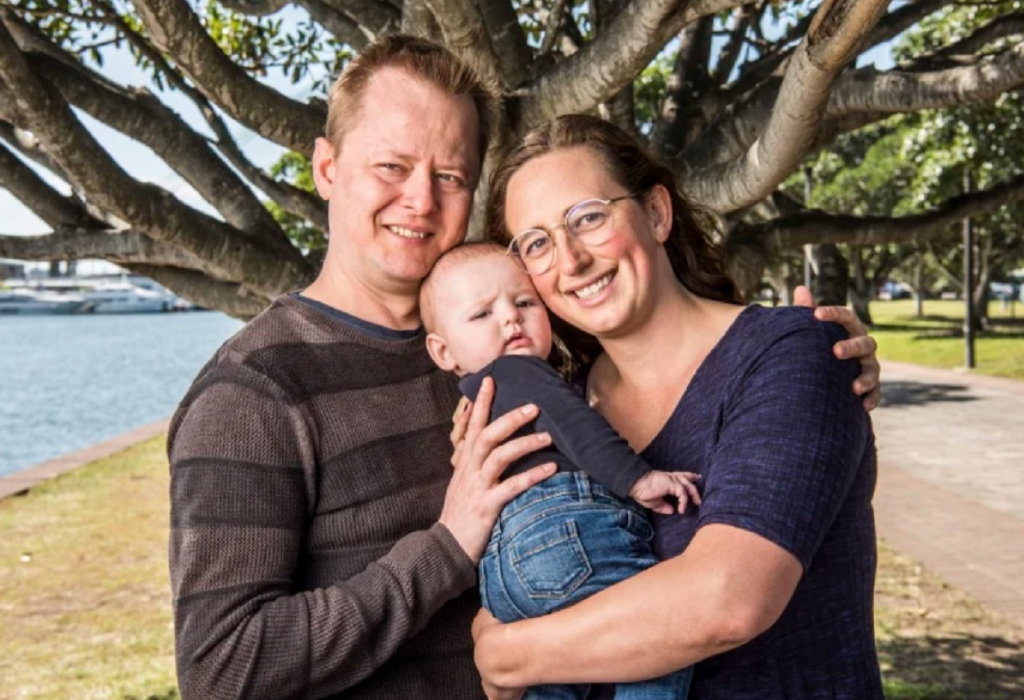
As per new survey one in 10 babies born to women aged 35 and older are now conceived via IVF, with an increasing number of women using frozen embryos to screen out any chromosomal abnormalities.
IVF success rates are improving in Australia, with 27 per cent of embryo transfers resulting in a live birth, the latest analysis of the Australian and New Zealand Assisted reproductive database (ANZARD) analysis shows. One in 20 babies are now conceived with IVF. Nearly two thirds of all IVF babies were from a frozen embryo transfer. “It’s quite amazing,” said Professor Luk Rombauts, President of the Fertility Society of Australia.
Professor Luk Rombauts has suggested the proportion of IVF children could be even higher in affluent suburbs and private school classrooms because parents in those communities tended to be older when they started their families.However, the chances of taking home a baby are still largely dependent on a woman’s age and the IVF clinics treating them. Individual clinic success rates range between 7 per cent and 31 per cent of cycles.
According to the report collated by the National Perinatal Epidemiology and Statistics Unit at UNSW and funded by the FSA – There were 14,355 babies born via IVF from 76,341 IVF cycles in 2018 . This is up from 13,752 IVF babies in 2017. The report covers all IVF cycles undertaken in Australian and New Zealand clinics in 2018 and the resulting babies born in 2018 and 2019.
IVF clinics are increasingly doing “freeze-all” cycles, in which all the eggs or embryos collected in a cycle are cryopreserved rather than transferring a fresh embryo.The proportion of freeze-all cycles doubled in five years from 13 per cent to 26.7 per cent in 2018.
Professor Rombauts said the pre-implantation genetic testing is rise in and that is main driver of the freeze-all trend, in which embryos are screened for chromosomal abnormalities in the hope of selecting only the healthy embryos to transfer. “For women over 35 in particular genetic screening can be beneficial, when there is a higher risk of abnormalities,” he said.
“Genetic testing can reduce the time, money, energy and trauma it takes to have a healthy live birth because you’re potentially not transferring embryos that are doomed to fail.” However, growing evidence suggests there could be a small risk that pre-implantation genetic testing could lead to viable embryos being discarded by incorrectly flagging them as abnormal.
Professor Rombauts said “For women under 35, I would certainly not recommend it. it’s an extra manipulation on the embryos and an extra cost,” “But for older women, it can be an important test and I would raise it as an option because there is potential benefit.”
A new federal-government-funded website will soon give would-be parents access to individual clinic success rates and their own chances of taking home a baby after undergoing IVF based on their individual characteristics. The ‘My IVF Success’ website is expected to be ready to launch before the end of the year in response to growing calls for greater transparency in the sector.
Age is still a powerful determiner of IVF success, with younger women having better chances. For women under 30 years, live birth rate per fresh embryo transfer was 40.4 per cent compared to 9.5 per cent for women aged 40 to 44. For frozen embryo transfers, the live birth rate was 34.9 per cent in women under 30, and 20.1 per cent for women aged 40 to 44.
In 2018, the average age of women using their own eggs was 35.8 years – about five years older than the median age at which women, in general, gave birth in Australia (30.7 years). The average age of women using donor eggs or embryos was 40 and the average age of male partners of women undergoing IVF was 38.1 years old.
The proportion of twins and triplets born via IVF treatment is now a record low 3.2 per cent in Australia and New Zealand thanks to the decrease in multiple embryo transfers in the one cycle.
News Resource – The Sunday Morning Herald (smh.com.au), September 6, 2020